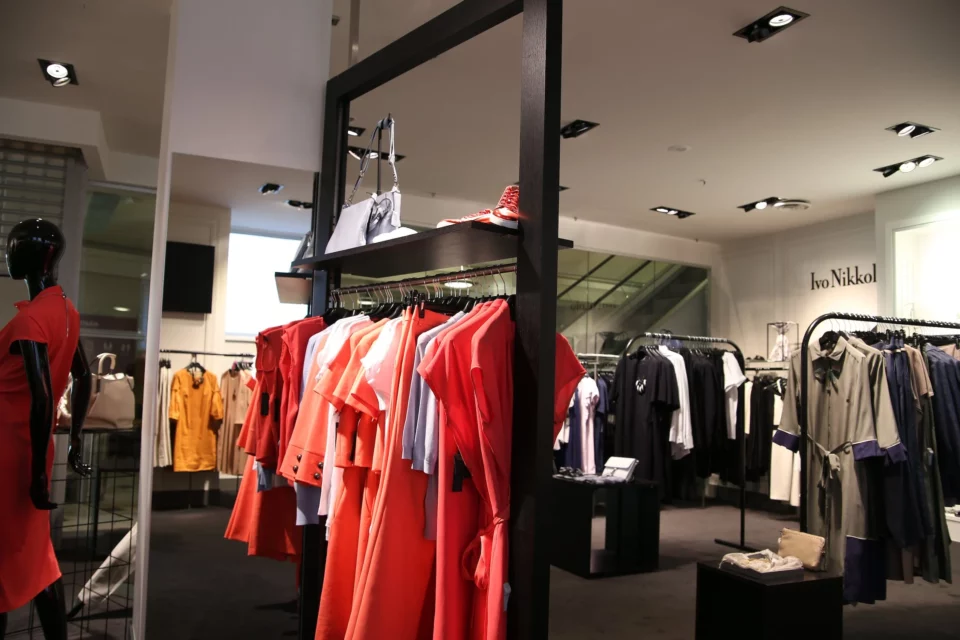Gone are the days when customers settle for a one-size-fits-all shopping experience. Nowadays, they crave a personalized experience that caters to their every whim and fancy. And who can blame them? It’s all about feeling special and unique, after all. This is where the magic of personalization comes into play.
Read on to find out the power of personalization in stores and how businesses use it to create unforgettable shopping experiences for their customers.
1) Understanding the customer’s individual needs and wants
The wants and needs of customers change like the wind. Therefore, staying up-to-date on their preferences is essential to deliver a personalized shopping experience. Business owners should pay attention to customer feedback and use it as a tool to understand the needs of their target audience. Additionally, they should make sure to focus on setting up tailored offers, such as loyalty programs and discounts.
2) Making sure the shopping experience is enjoyable and convenient
Customers want to be in control of their shopping experience; after all, it is most often a leisurely activity. To give customers that feeling of control, business owners should ensure their stores have the right tools to facilitate customer engagement.
A pop display stand, for example, is a great way to promote products in an eye-catching and accessible manner. Furthermore, interactive technology such as digital kiosks and touch screens can be used to provide customers with an interactive experience.
3) Customer service is key to a successful personalization strategy
The customer service businesses provide is the final piece that ties all the other personalization elements together. Customers do not like to feel ignored, so business owners must provide customers with attentive and friendly service. Chatbots, 24/7 customer service, and real-time support are all great tools that business owners can use to provide customers with the best possible experience.
4) Personalization is not just about the shopping experience
The personalization of a customer’s experience should extend beyond the store. Business owners should make sure to stay connected with customers even after they have left the store. This can be done through email marketing campaigns, personalized offers, and promotions or by using social media platforms to interact with customers.
5) Personalization needs to be an ongoing process
Most importantly, personalization is not a one-time event. It should be seen as an ongoing process that should be continuously adjusted to meet the ever-changing customer needs. Business owners must constantly reassess their personalization strategy and adjust it accordingly in order to create the ultimate shopping experience for their customers.
Personalization is a powerful tool that can be used to create an unforgettable shopping experience for customers. It’s all about understanding their needs and wants, providing convenience, friendly customer service, and staying connected even after they have left the store.
Business owners should remember to treat personalization not as a one-time event but rather as an ongoing process that needs to be continuously adjusted to create the ultimate shopping experience. When personalization is done right, it can make all the difference and set a business apart from its competitors.
